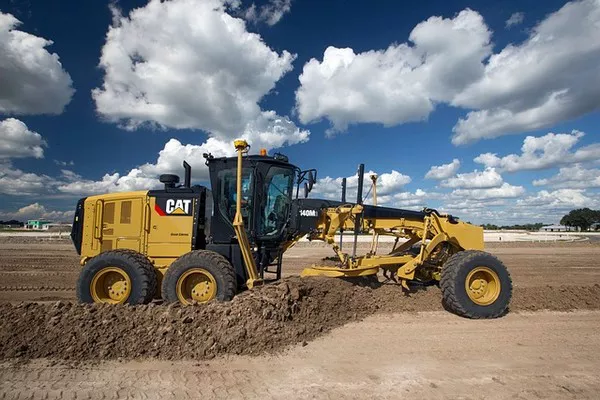Driverless trucking technology aims to achieve a lofty yet straightforward goal: hauling materials safely and efficiently while alleviating the strain on a dwindling surplus of qualified commercial drivers.
Across the globe, trucks traverse highways, navigate bustling cities, and connect material processing facilities. Leading manufacturers like Daimler, Scania, and Volvo are pioneering advancements in electrification and autonomous technologies, striving to deliver goods efficiently from the first to the last mile.
Daimler’s Freightliner eCascadia
While autonomous passenger cars and taxi services capture public interest, commercial trucks play a crucial yet often overlooked role in our daily lives. Daimler Truck North America has enhanced the proven battery-powered drivetrain of the Freightliner eCascadia by integrating autonomous technology, combining electric power with autonomous capabilities.
The autonomous Freightliner eCascadia employs a range of sensors, including Lidar, radar, and visual cameras, to continuously scan roadways. This comprehensive vision technology reduces detection errors, a common issue in simpler vision systems used in industrial automation. Ensuring the safety of motorists is paramount in this application.
Scania’s Heavy Tipper for Mining
Long-haul trucking is essential for goods delivery, but it’s not the only critical aspect of commercial transportation. In the mining industry, massive excavators and dump trucks transport tons of material over short distances from mines to refining centers.
Scania, leveraging its expertise in both manned and unmanned vehicles, has developed an autonomous package for 40-metric-ton tipper haulers, with a 50-metric-ton model in the pipeline. These trucks aim to enhance efficiency in raw material transport, initially targeting the Australian mining market with plans for expansion into Latin America. The mining industry’s harsh operating environments and heavy load demands necessitate rigorous testing, which Scania has conducted in close collaboration with mining R&D teams.
Volvo and Aurora’s Autonomous Launch
Autonomous driving technology integrates three critical elements: the vehicle’s powertrain (battery or fuel-powered), sensing and I/O hardware for driving condition analysis, and advanced software to unify these systems. This complexity has led many trucking companies to partner with automation software experts.
Volvo has collaborated with Aurora Innovation to unveil the first production-ready autonomous truck. The Volvo VNL Autonomous, showcased at the ACT Expo in Las Vegas, embodies key themes of safety, redundancy, and efficiency. Volvo’s commitment to progress and innovation is evident in this launch.
Opportunities for Transportation Automation
Trucking faces numerous challenges for automation, yet it offers vast potential for innovative solutions. The increasing demand for timely and safe delivery of consumable goods exacerbates the shortage of qualified truck drivers. While autonomous driving technology may not provide an immediate solution, it represents a significant step toward ensuring reliable transport and expanding access to essential goods globally.
Autonomous trucking technology not only promises to maintain the flow of goods but also enhances the safety and efficiency of the transportation sector. As these technologies continue to evolve, they will play an increasingly vital role in meeting the demands of modern society and supporting global economic growth.

